What is Little Bluestem (Schizachyrium scoparium)?

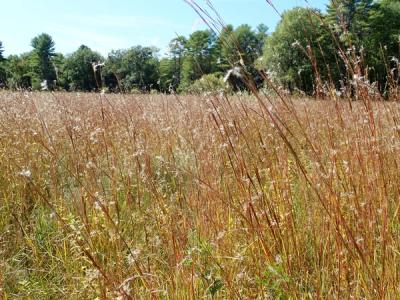
If you live almost anywhere in the United States, chances are good that Little Bluestem (Schizachyrium scoparium), is a native grass in your region.
An Introduction to Little Bluestem
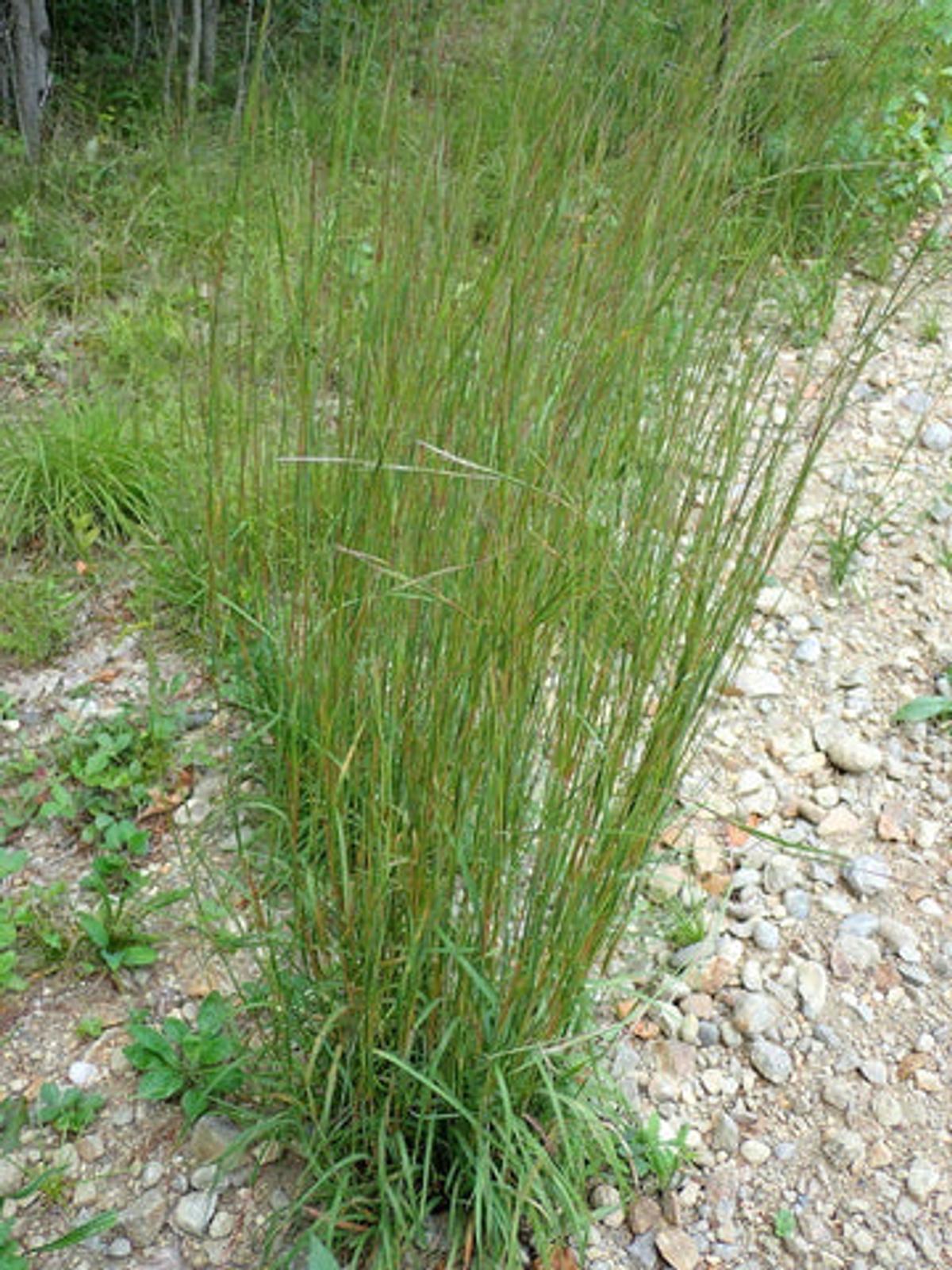
Little Bluestem (Schizachyrium scoparium) is a versatile and attractive warm season grass that can add a touch of natural beauty to any landscape. With its striking blue-green foliage and coppery-red fall color, this grass is a standout, even when not in bloom. It tolerates high heat, and its ability to resist drought and thrive in largely infertile sites make it an attractive addition for landscaping projects. Its role in providing food and habitat for wildlife adds ecological benefits to any planting. Whether as ground-cover or as an accent in a mixed border, Little Bluestem grass is a must-have for any garden or landscape design.
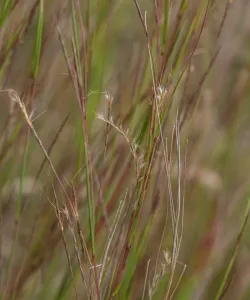
The understated beauty of little bluestem is a good complement to a colorful wildflower garden. This clump-forming prairie grass puts on a show each fall, turning a deep rust color and adorning itself with silvery seedheads. Little bluestem prefers well-drained soils, and can even handle dry and sandy areas. Many species of skipper butterflies use this grass as a host plant for their caterpillars, and its seeds are consumed by a variety of birds.
At-A-Glance - Little Bluestem

Common Name(s): Little Bluestem, Beard Grass, Small Blue Stem, Broomsedge, Prairie Beard Grass, and Broom Beard Grass
Scientific Name: Schizachyrium scoparium
Type: Herbaceous Perennial
Root Structure: Deep and Fibrous Root System, with roots extending up to 5 feet into the soil
Sun Exposure: Full Sun (6+ hours a day) to Partial Shade
Soil Conditions: Dry to medium moisture once established. Moist during first year.
Soil Types: Highly adaptable to various soil types; will tolerate poor soils (e.g. rocky soils and heavy clay soils), and will thrive in fertile soils and almost any well drained soil.
Other Benefits: Erosion control; Wildlife habitat; Pollinator host; Carbon sequestration
Bloom Color: Purplish-bronze
Bloom Time: Late summer to early fall
pH: Prefers Slightly Acidic to Neutral soil (5.5 to 7.5)
Native Range: Broadly native almost everywhere in North America except west of the Rockies.
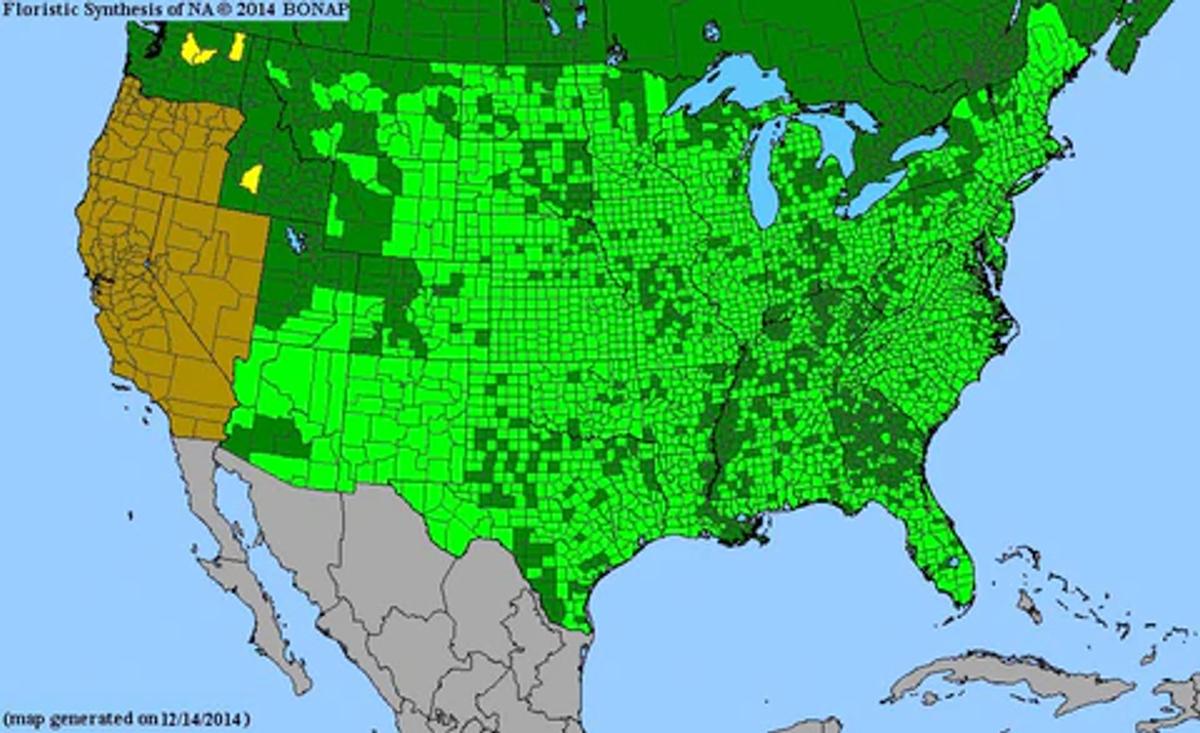
Range Map: Created by the Biota of North America Program (BONAP) and based on historical species records, this range map shows you a great overview of the distribution of Little Bluestem in the United States and Canada. Brown indicates not present in the county; Greens indicate some recorded listing in the county.
Style Guide

Foliage: Blue-green or gray-green in color; blades are narrow and flat, measuring about ¼ inch (6 mm) in width and up to 2 feet (60 cm) in length. The leaves are usually rolled or folded, and they turn reddish-bronze in the late summer and fall, providing attractive fall color to the landscape. Stems are slender and upright, reaching up to 3 feet (90 cm) tall, and they often have a bluish or purplish tint, especially at the base. Overall appearance is airy and delicate, with fine-textured foliage that moves gracefully in the breeze. Dormant foliage is excellent for winter interest.
Shape: Grows as densely mounded clumps with an upright growth habit. The stems are thin and rigid, and the foliage grows in dense bunches, forming a narrow, columnar shape. As the grass matures, the stems may begin to arch slightly, giving it a more relaxed, graceful appearance. Its attractive color and growth habit makes it an excellent choice for a perennial border, cottage gardens, or other home landscape.
Height: Grows up to 2-4 feet tall.
Wildlife Attraction: Provides valuable habitat for a wide variety of wildlife. Seeds are eaten by songbirds and small mammals, while the stems and leaves provide cover for insects and small animals. In addition, little bluestem is the host plant for several species of butterflies.
Planting Instructions & Care
Little Bluestem is a hardy and low to medium-maintenance perennial plant that is relatively easy to cultivate. To help ensure its success in the garden, follow these bluestem care tips:
Site selection: highly adaptable but will do best in a location with good drainage and full sun exposure.
Planting: Little bluestem can be planted in the spring or fall.
Watering: Drought-tolerant and requires very little supplemental watering if any to thrive once established. If needed, water deeply but infrequently, allowing the soil to dry out between waterings.
Collecting Seeds: To propagate by seed, collect the fluffy white seed heads in the fall and plant them in a well-prepared seedbed.
Fertilization: Little Bluestem generally does not require fertilization, but it can be fertilized if needed once a year with a slow-release fertilizer in the spring.
Pest and disease control: Little bluestem is relatively pest and disease-free, but you should watch out for rust and fungal diseases. If you notice any signs of disease, remove the affected foliage and dispose of it.
Maintenance
Little Bluestem (Schizachyrium scoparium) requires very little effort to maintain a tidier look. Still, here are a few suggested maintenance tips to keep your grass looking its best:
- Cut back the late winter or early spring: It's recommended to cut back the plant to about 6-8 inches in late winter or early spring before new growth appears. This will remove any dead or damaged growth and promote new growth.
- Divide the plant as needed: Little Bluestem can be divided in early spring before new growth appears, or in the fall after the growing season has ended. To divide the plant, dig up the clump and gently pull apart the individual grass sections, making sure that each section has a good amount of roots. Replant the divided sections at the same depth they were previously growing and water well. It's important to keep the newly divided plants well-watered until they become established.
Species Relationships
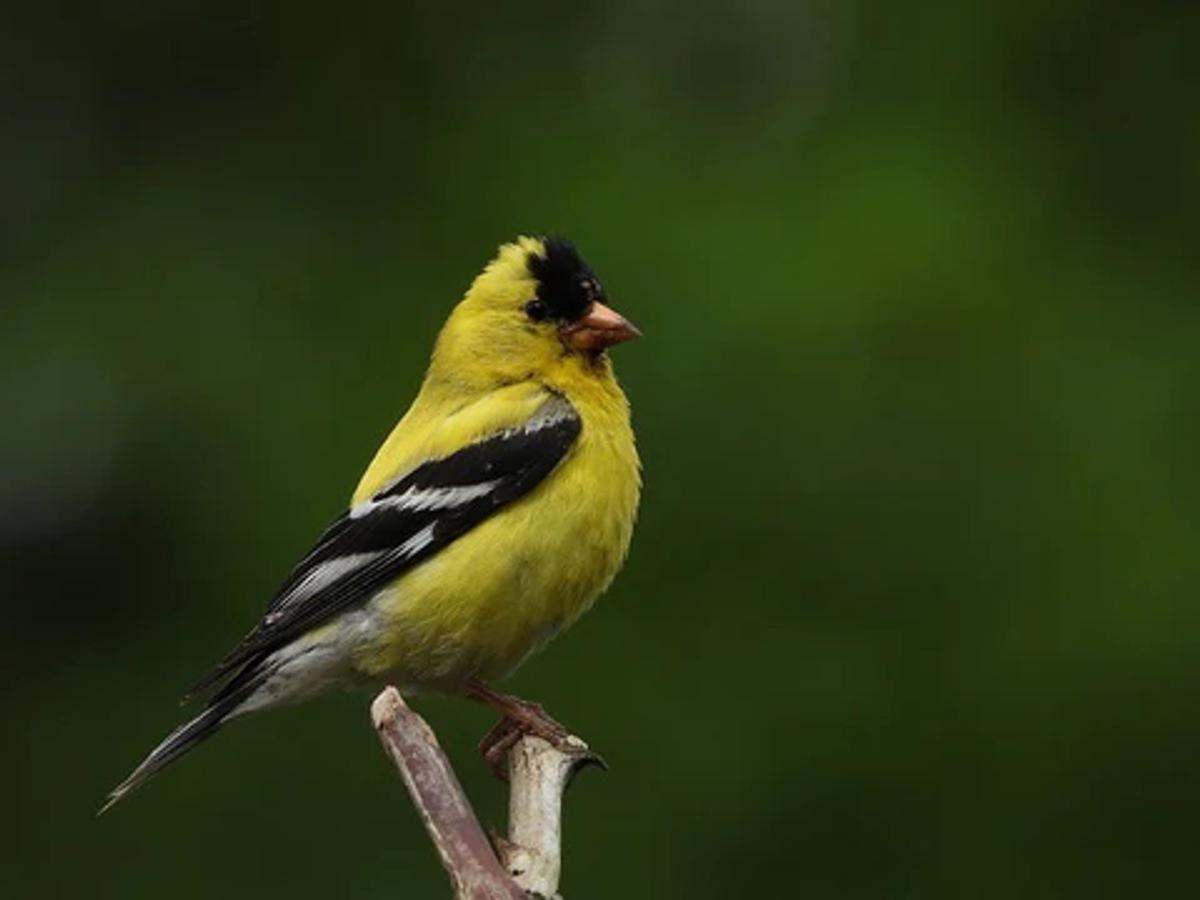
Songbirds - The seeds of Little Bluestem are a food source for many species of birds, including the eastern goldfinch, the grasshopped sparrow, and even upland gamebirds like the bobwhite quail.
Insects - Hundreds of insects will live on and around this awesome grass. Some species of ground nesting native bees will form their burrows at the base of the branched stems.
As Host Plant
Several species of butterfly and moth use Little Bluestem as a host plant. This means they lay their eggs on this plant, and their caterpillars will feed on leaves and stems to mature. These species include (but are not limited to:
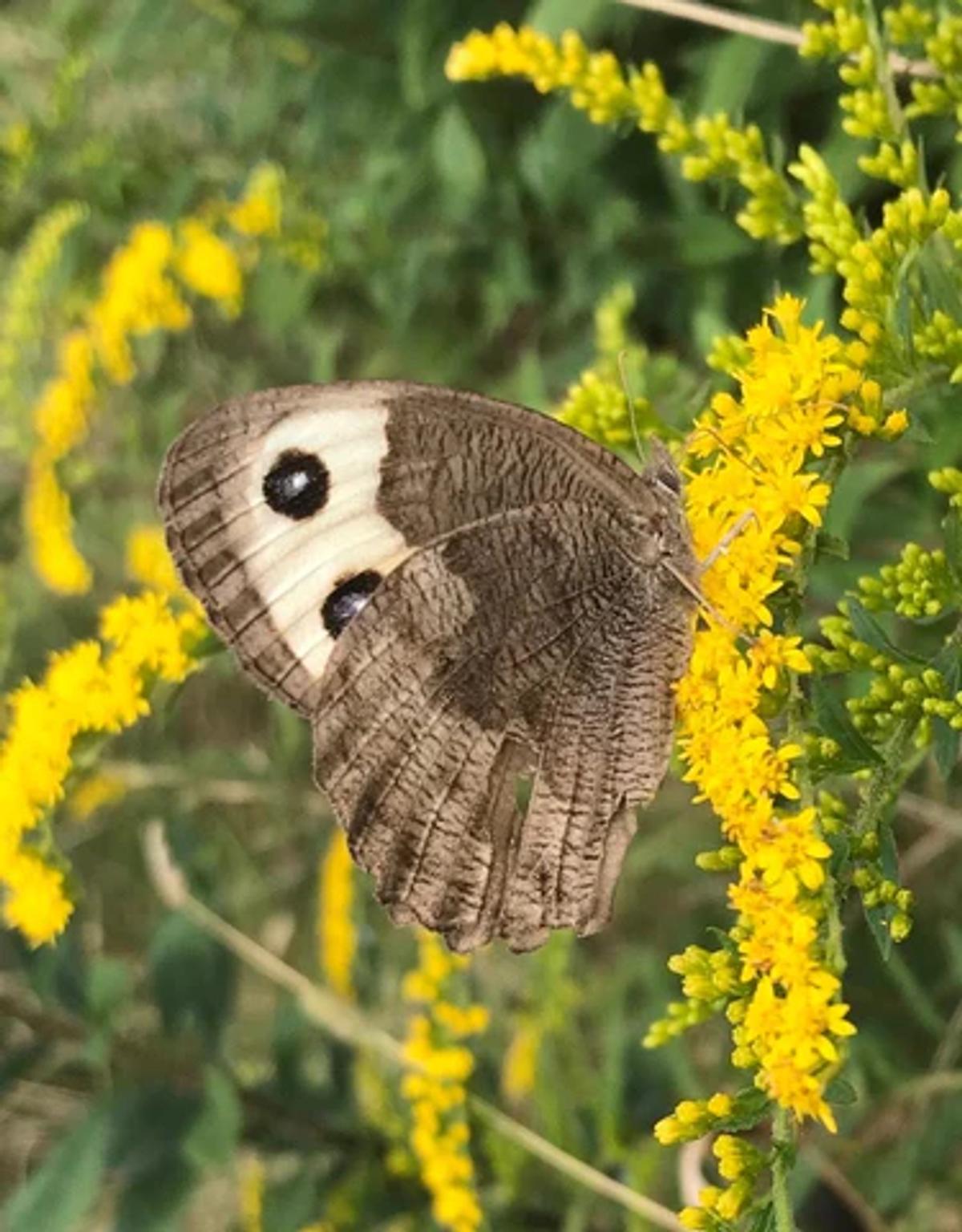
Common Wood Nymph (Cercyonis pegala) - a medium-sized butterfly with a unique and intricate wing pattern found in wooded areas across North America.
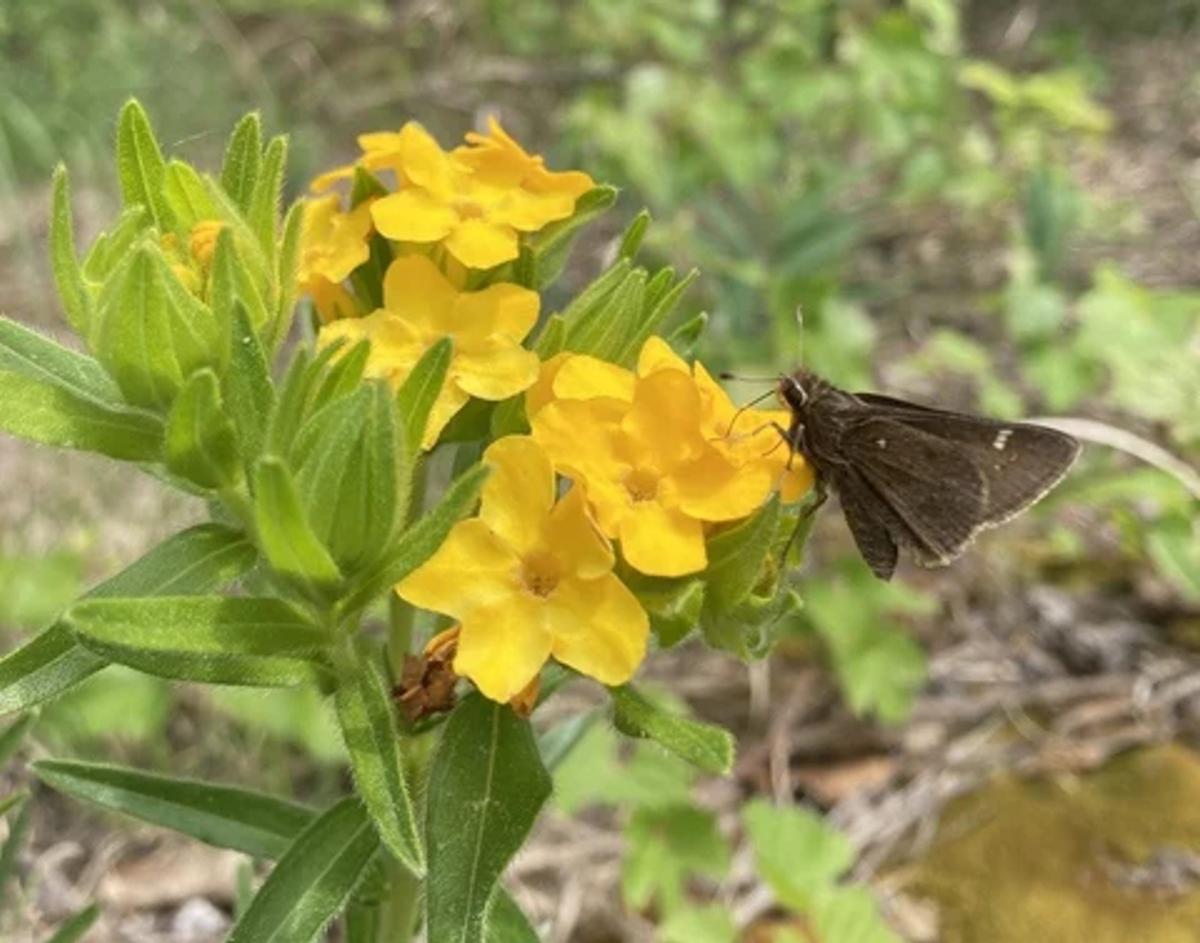
Dusted Skipper (Atrytonopsis hianna) - a small butterfly found in grassy habitats across North America.
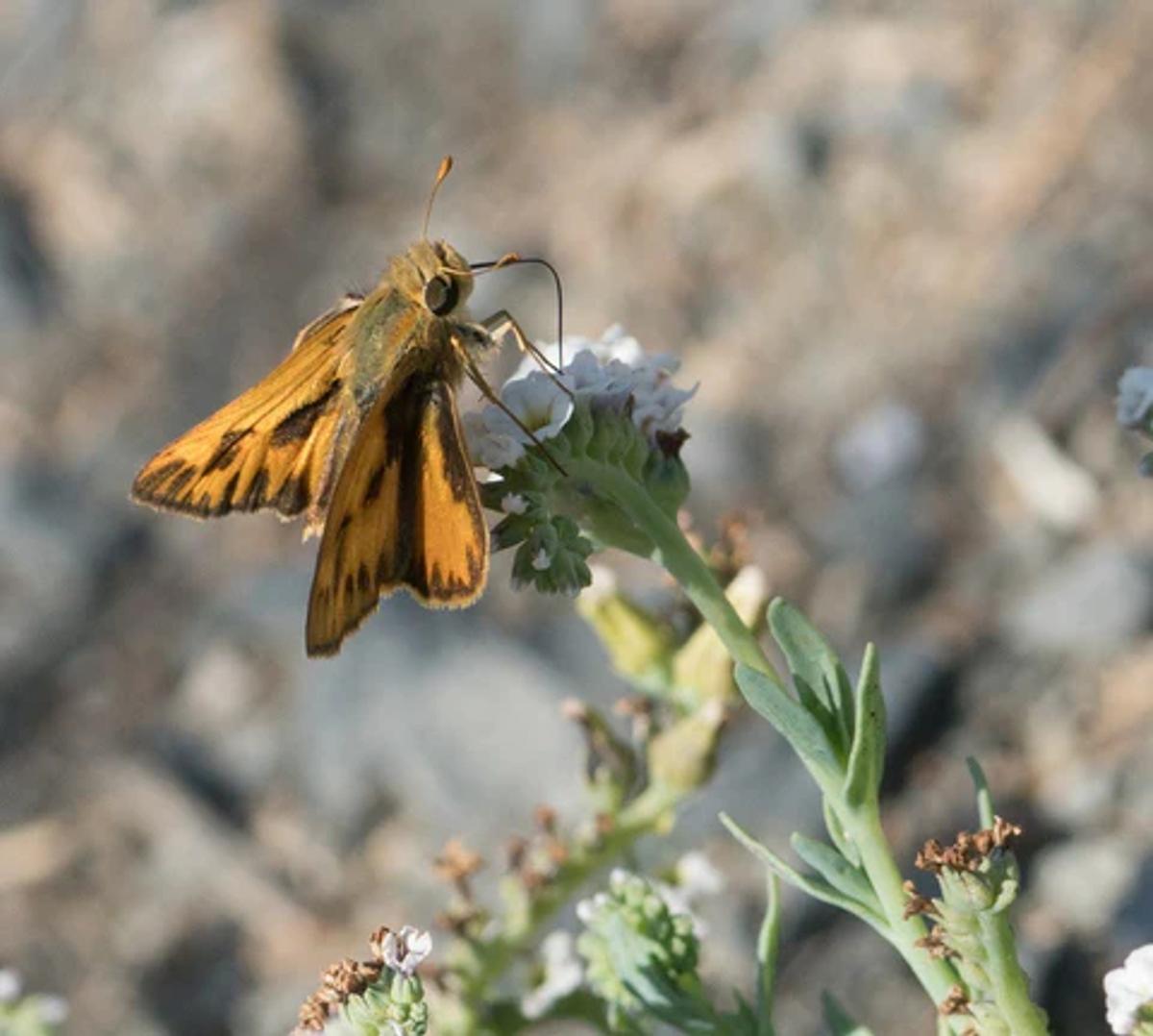
Fiery Skipper (Atrytonopsis hianna) - a vibrant small butterfly found across North America.
By establishing Little bluestem (Schizachyrium scoparium) in your herb garden or native plant garden, or landscape you are not only helping to support endangered species, you are providing an amazing nectar source for so many pollinators in your local ecosystem.

Trivia
Little bluestem was an important forage grass for bison and other grazing animals on the North American prairies, and is still used today for grazing by cattle and other livestock. The scientific name of little bluestem grass is Schizachyrium scoparium, where "Schizachyrium" is derived from Greek words meaning "divided chaff" and "scoparium" refers to the broom-like appearance of the plant.
Summary
Almost anywhere in the country, Little Bluestem is an adaptable, beautiful, and easily managed native plant. I would recommend Little Bluestem (Schizachyrium scoparium) because it:
- is a highly drought tolerant and low maintenance grass
- features beautiful fall colors that enliven a garden right as other blooms start to fade
- directly supports many butterfly and moth species, and it also provides cover and food for other insects, birds and small mammals
- pairs well with other amazing herbaceous perennials (it's one of our favorites!), such as Purple Coneflower (Echinacea purpurea) or Lanceleaf Coreopsis (Coreopsis lanceolata)
Read about other native plants in the 'Know Your Natives' series
Share this article


